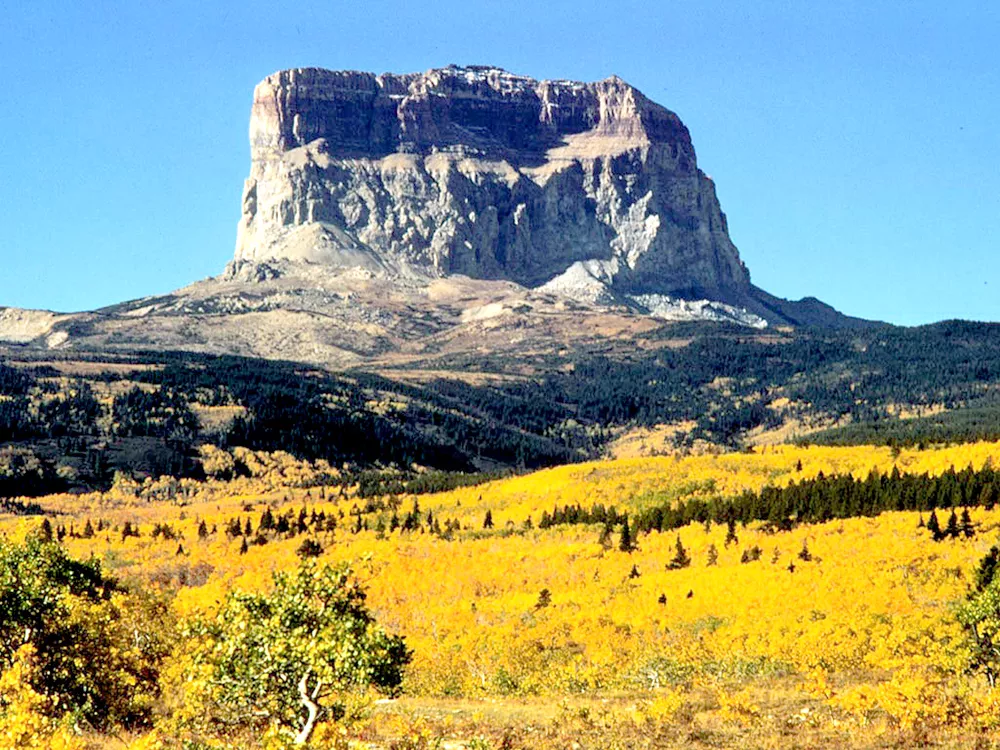It is difficult to know what’s sacred nowadays because, somehow, money has come to top the list. Why else would anyone consider drilling around Chief Mountain in northwest Montana, along the border of Glacier National Park and the Blackfeet Nation?
Elk, bighorns, pronghorn, badgers, wolverines, lynx, mountain lions, wolves all thrive on this land. Clear, clean rivers along the Rocky Mountain Front sustain some of the last remaining healthy populations of west slope cutthroat trout. And grizzlies still wander out onto the plains as they did when the explorers Lewis and Clark came through in 1805. According to the U.S. Fish and Wildlife Service, this is the place that contains the “top 1 percent” of wildlife habitat remaining in the Continental United States.
So if anything can be called “sacred,” I think this is the place.
Seven years ago, I assisted a coalition of local hunters, anglers, ranchers, outfitters, businessmen and tribal leaders in a successful effort to protect a significant chunk of the Rocky Mountain front from gas and oil development. As a professional conservationist, I had to be cautious about using emotional arguments. But then at a community meeting, I had to wholeheartedly agree with Stoney Burke, a local man from Choteau, who was accused of being “emotional” about Montana’s Rocky Mountain Front. In reply, he pounded his fist on a table and shouted, “I you can’t be emotional about a place like this, then what the hell can you be emotional about?”
I thought then: If only everyone were as passionate and emotional about sacred places. The mountain has been sacred to the Blackfeet for centuries, and it remains sacred to many First Nation people throughout North America who travel to the mountain for sweet-grass ceremonies, placing prayer flags and other religious rites. When white settlers came through in the early 1900s, they observed Native burial sites along the base of the Chief.
But what protection does a sacred place have these days? Recently, the Bureau of Indian Affairs allowed leasing a large swath of land around Chief Mountain for gas and oil development, with the blessing of some tribal leaders and members eager for profit. Others were angered, sickened and saddened. The Blackfeet can be as divided and conflicted as the rest of us when it comes to such things.
These days, our society is so divorced from our planet that we forget that clean air, clean water and wild places continue to sustain us all. Elders from southern Alberta’s Siksika Band pass on this tale: Near the end of days, a Great White God will appear from the top of Chief Mountain, and upon his departure the mountain will crumble and be destroyed. I wonder what drilling, what attack on the mountain, will have occurred before the mountain crumbles. I hope we can avoid this atrocity.
Dave Stalling is a writer and wildlife advocate living in Missoula. A version of this editorial first appeared in High Country News (hcn.org).
















